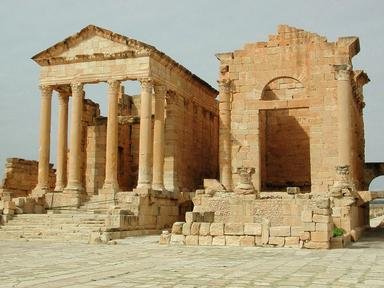Quiz Answer Key and Fun Facts
1. First capital of unified Egypt, Hut-ka-Ptah, Open-air Museum
2. Capital of the Hyksos kingdom, Minoan-like frescoes, Called Tell el-Dab'a today
3. Akhenaten's capital, Artistic Period, Archaeological site today
4. Hellenistic Age Ptolemaic capital of Egypt, Royal Library, Modern industrial center
5. Capital of ancient Egypt, Great Temple of Amun at Karnak, Luxor
6. "City of the Sun", Temple of Ra-Atum, Suburb of Cairo
7. Necropolis of earliest pharaohs, Great Osiris Temple, Archaeological site under modern city
8. "City of Lions" located on the Nile Delta, Temples to Bast and Sekhmut, Kafr Al Muqdam
9. Port city on the Nile estuary, Temple of Amun, Tell el-Balamun
10. Necropolis for 1st capital, Great Pyramid, 3rd largest city today
Source: Author
ponycargirl
This quiz was reviewed by FunTrivia editor
gtho4 before going online.
Any errors found in FunTrivia content are routinely corrected through our feedback system.
